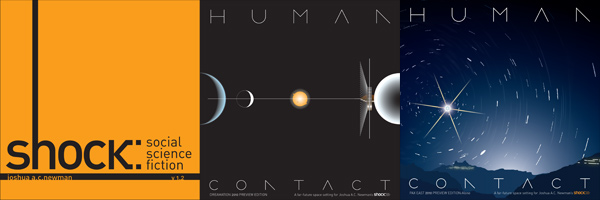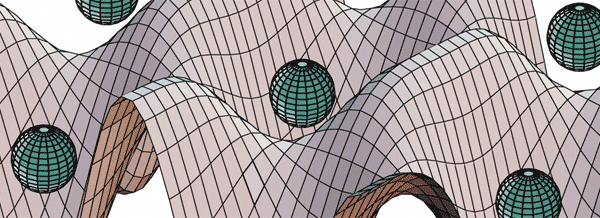
I don’t know why it didn’t occur to me to do this before: if you own Shock:, send an email to humancontactbundle@glyphpress.com and I’ll send you freed PDFs of the two Human Contact preview editions, both the January one I made for Dreamation and the March one I made for PAX East!
Human Contact is inspired by Iain M. Banks’ Culture Novels — most notably, Player of Games, and Ursula K. Le Guin’s Ekumen novels, in particular The Telling.
It’s about what happens when a liberal, democratic society (called the Academy, in the game) encounters another one that probably doesn’t have its values. What do they explorers do when one of their core values is the inherent value of all cultures? What happens on the ground, between individuals, some inconceivably far from home, the others with a sudden new appreciation of the scale of the Universe?
The PAX edition is about black ops anthropology: the colony being visited will be irretrievably damaged if they Academy just shows up from the sky. Maybe they’ll attack the Contactor, or maybe they’ll attack each other. Maybe their economy will collapse catastrophically. Maybe they’ll spread disease or quarantine the Academics in a single society, preventing them from seeing what the cultures of the world are truly like. It’s the job of three select individuals to change the society as little as possible while subtly preparing it for the arrival of the Academy’s Contactor, seven years later.
If you’re going to be at PAX Prime, talk to Joel Shempert and Joe Macdaldno! They’ll be in room 304 at at The Dreaming in booth 1440!








